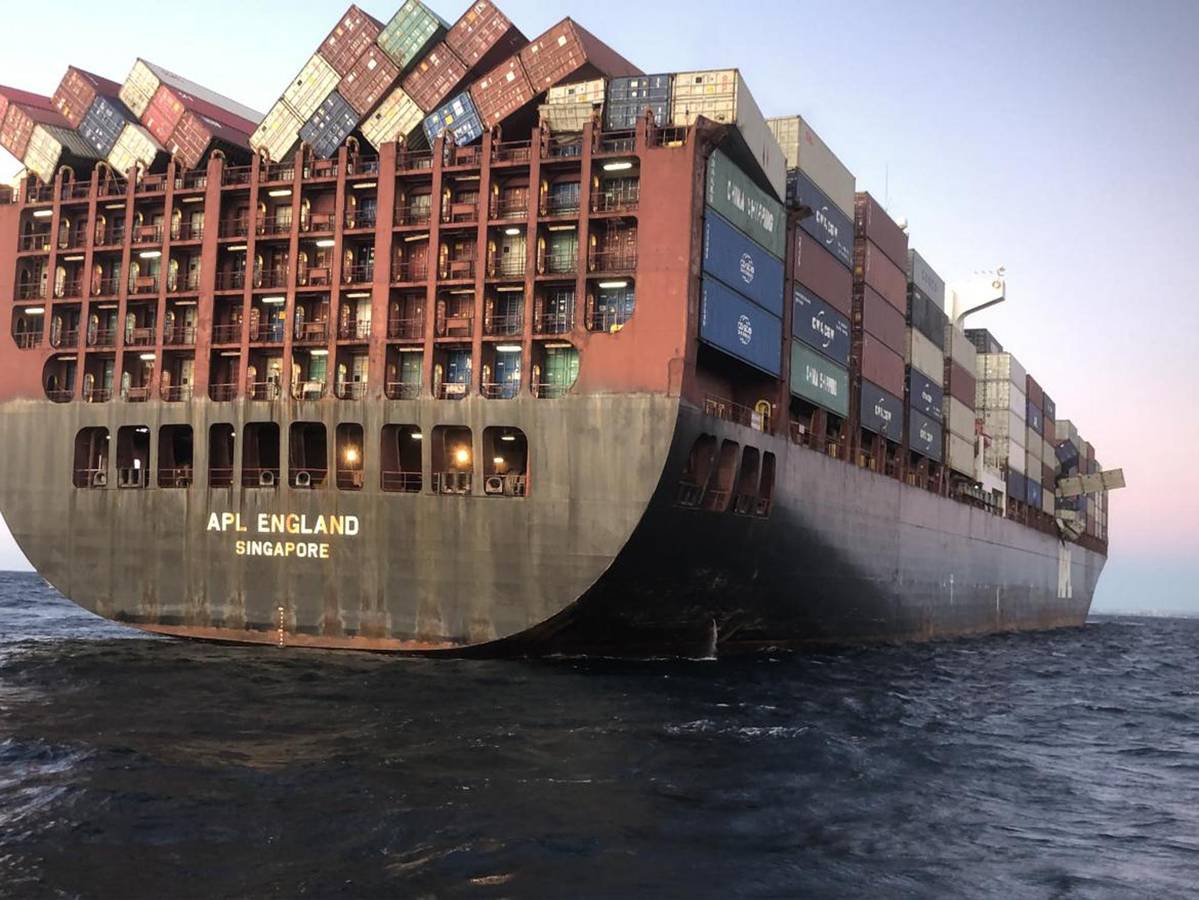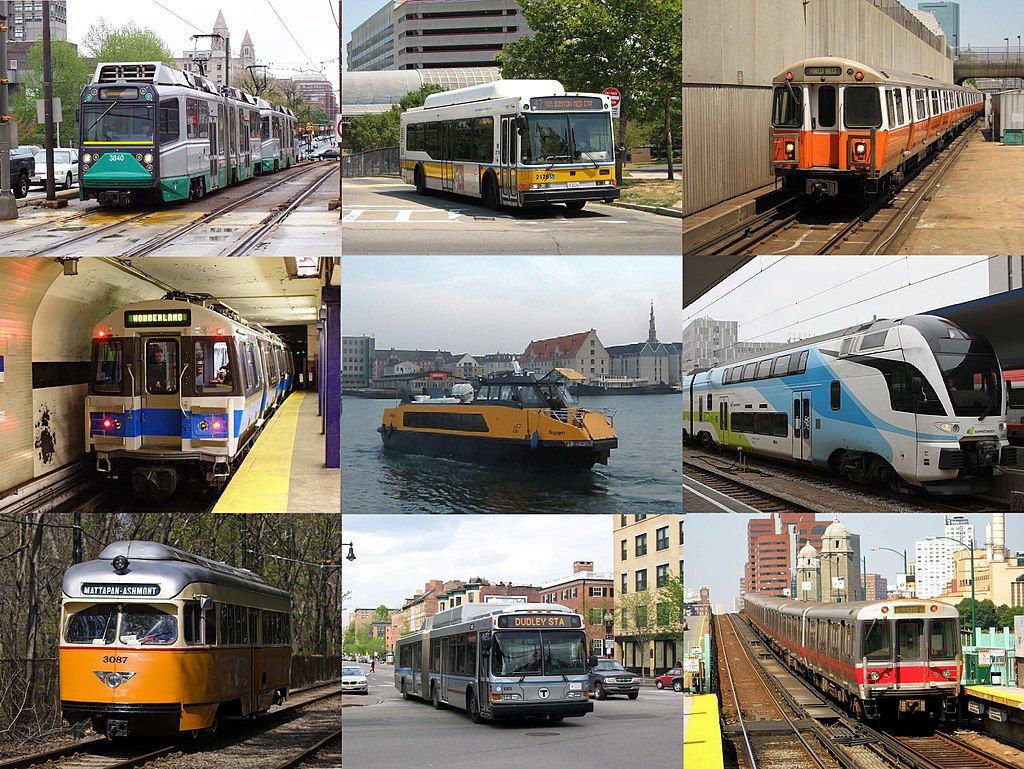In the world of logistics and transportation, two commonly used terms are "container" and "trailer." While they both serve the purpose of transporting goods, there are significant differences between the two. In this article, we will explore these differences in detail, providing you with a comprehensive understanding of container and trailer transportation.
- Definition and Purpose:
Containers: A container is a standardized metal box used for transporting goods by sea, land, or air. It is designed to be easily loaded onto different modes of transportation, such as ships, trains, and trucks. Containers come in various sizes, including 20-foot, 40-foot, and 45-foot lengths, and are typically made of steel or aluminum. They provide a secure and efficient way to transport goods, protecting them from damage and theft.
Trailers: On the other hand, a trailer refers to a non-motorized vehicle designed to be towed by a truck or tractor. It is essentially a large rectangular box with wheels, used for transporting goods over the road. Trailers come in different types, such as flatbeds, refrigerated trailers, and dry vans, each serving specific transportation needs. Unlike containers, trailers are not standardized and can vary in size and configuration.
- Mobility and Flexibility:
Containers: One of the key advantages of containers is their mobility and flexibility. They can be easily transferred from one mode of transportation to another without the need for unloading and reloading the goods. This intermodal capability allows for seamless transportation across different regions and modes, making containers a preferred choice for international shipping.
Trailers: While trailers are primarily used for road transportation, they lack the same level of mobility and flexibility as containers. Once loaded onto a truck or tractor, trailers are limited to road transport and cannot be easily transferred to other modes of transportation. This limitation makes trailers more suitable for domestic transportation or short-haul journeys.
- Loading and Unloading:
Containers: Loading and unloading containers is a relatively straightforward process. They are designed to be easily lifted by cranes or forklifts, allowing for efficient loading and unloading operations. Containers can also be stacked on top of each other, maximizing space utilization during transportation and storage.
Trailers: Loading and unloading trailers require a different approach. They are typically loaded and unloaded using ramps or dock-levelers, which can be time-consuming and labor-intensive. Unlike containers, trailers cannot be stacked, limiting their space utilization and potentially increasing transportation costs.
- Security and Protection:
Containers: Security and protection are crucial aspects of transporting goods. Containers offer a higher level of security compared to trailers. They are built with sturdy materials and feature locking mechanisms that deter theft and unauthorized access. Containers also provide protection against weather conditions, ensuring that goods remain safe and intact during transportation.
Trailers: While trailers can be equipped with security measures, such as locks and tracking systems, they are generally more vulnerable to theft and damage compared to containers. Trailers are exposed to external elements, such as rain and extreme temperatures, which can impact the quality and condition of the goods being transported.
Conclusion:
In summary, containers and trailers are both essential components of the transportation industry, but they serve different purposes and have distinct characteristics. Containers offer mobility, flexibility, and enhanced security, making them ideal for international shipping. On the other hand, trailers are more suitable for domestic transportation, providing a cost-effective solution for shorter distances. Understanding the differences between containers and trailers is crucial for businesses and individuals involved in logistics and transportation, enabling them to make informed decisions and optimize their supply chain operations.



